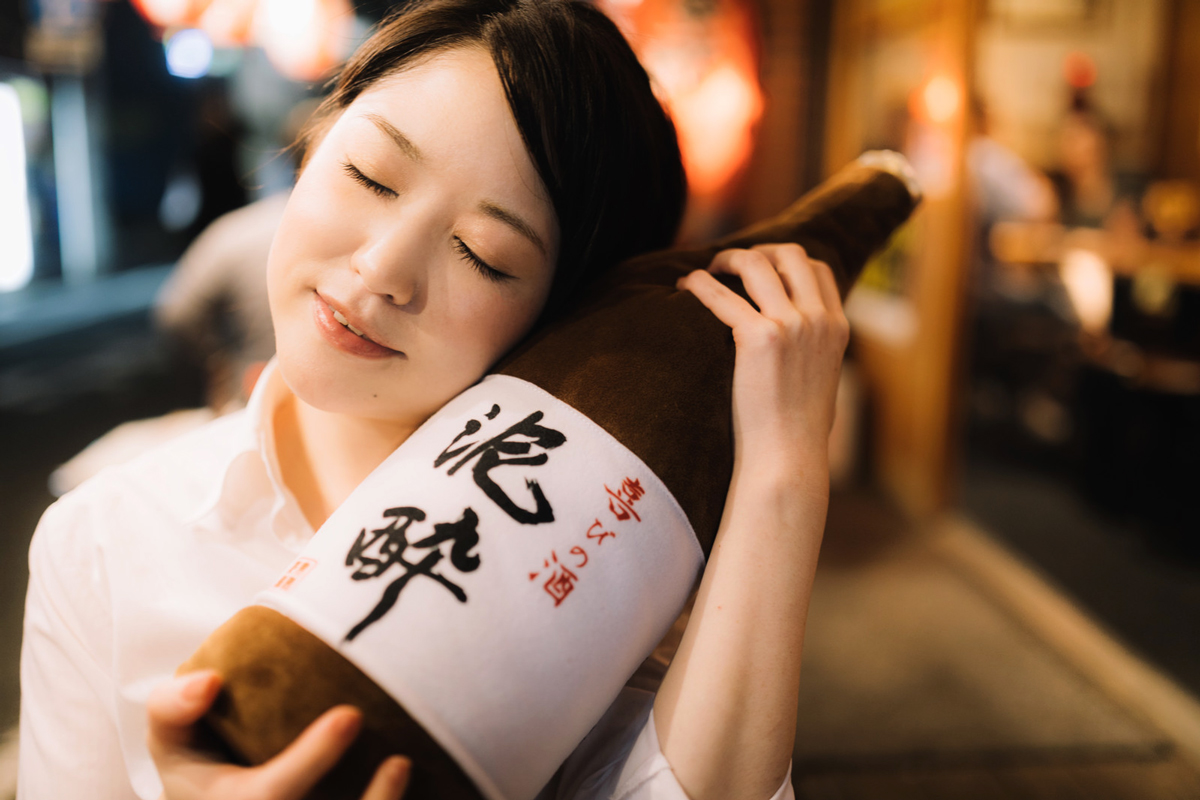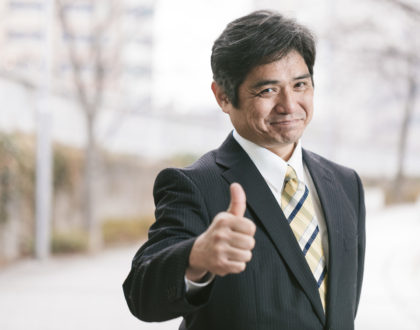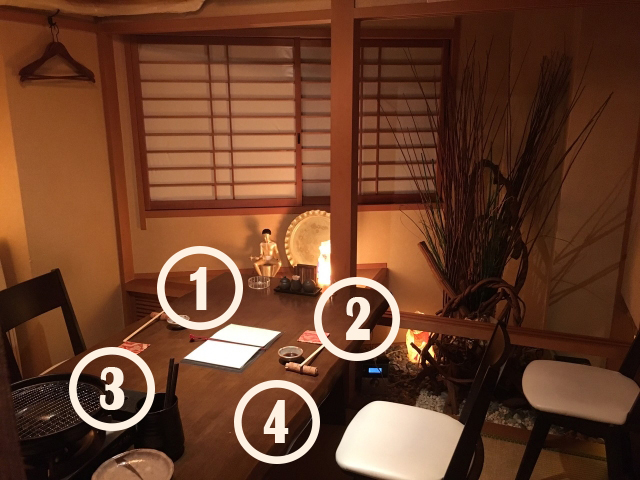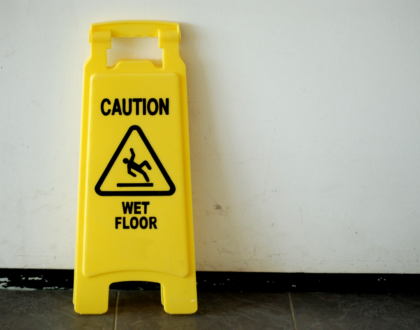Complete Guide to Nomikai

by Madelaine
From super strict rules to bosses going crazy, many rumors surround nomikai, Japanese drinking parties.
Nomikai are a place where the formal working culture is relaxed and people get drunk and talk straight with their bosses in ways that might surprise you. At the same time, rules exist and are quite important to maintain good working relationships outside of the restaurant.
This Chronological Guide to Nomikai cleans up with rumors, explaining the rules to avoid common mishaps and illustrates what to expect, so you can have a good time.
コンテンツ
Rules
- The boss sits in the place furthest away from the door.
- Don’t start drinking or eating until your boss does.
- Offer to (re)fill glasses and plates.
- Don’t badmouth, gossip, be on your phone, or do anything you regret the next day.
- Offer (but don’t insist) to pay your share.
- Thank your host/boss at the end of the event and the next day/next time you see them.
- If unsure, mimic the Japanese participants.
1. What is a nomikai?
Nomikai (飲み会) is a general term describing a get-together of a group over drinks and food. The word is not only used in business. Groups of friends, sports clubs, etc. also organize nomikai, though the rules are a little more relaxed there.
A nomikai is held among members of the same team or department. Attendance is voluntarily, but depending on the occasion, showing up might be strongly recommended. Typically, the event will last 2-3 hours and often come with a nomihodai (飲み放題, all-you-can-drink plan) and a set menu of dishes that everyone can share. The cost of all this fun is typically around 3500-4000 yen per person.
Nomikai are a chance to bond with your colleagues, talk about things other than work, and after the first couple of glasses, witness how everyone becomes more open, saying their opinion in a straightforward manner that might surprise you.
Even though it is a relaxed after-work event and everyone is super friendly, don’t start acting the way you would with friends (unless you have really polite friends). It will still be expected of you to be on time, and remain respectful, after all, you are going to meet these people at work again the next day, and all those days after that.
2. Seating
Nomikai typically take place in private rooms of restaurants and there will be an implicit seating order. It is hierarchical and the logic is the same as in meeting rooms.
The boss (highest-ranking person) will sit on the far end of the table, on the side furthest away from the door. The second-ranking participant will sit across from him, the third will sit next to the boss, the fourth across from the third, and so on.
As newcomer, you will want to get a seat close to the door. (It’s actually quite convenient if you need to excuse yourself for a bit for any reason.)
3. Kanpai!
Ordering
The classic starting drink for nomikai is beer. Of course, you can order something different if you want. Sometimes someone will just order a big round for all. In that case, politely refuse, or if this feels awkward, just take a sip and order something else.
To save others from the awkwardness (and maybe sneak your own drink order in) you can ask your superiors for their order with 「お飲み物は何がよろしいでしょうか。」
If it is your first nomikai, or if you are invited after a job fair as a foreigner and basically enjoy guest treatment, you don’t have to worry about taking anyone’s orders. You can show your consideration by keeping in mind the following points.
Opening
When everyone and their glasses are assembled, the boss will give a speech to get the event started. Often you will see people already holding on to their glasses, eagerly awaiting the end of the speech. Keep that in mind if it is ever your turn to speak and maybe try to go for something short and engaging.
Kanpai
After the final words of the speech subside, everyone rises for the communal Kampai. Even here hierarchy plays a role.
You want to make sure that when clinking glasses, the rim of your glass is slightly lower than of your superiors. After taking a sip, put the glass down to get your hands free for a round of applause.
After the official start of the party, go ahead and drink at your own pace.
4. Eating
Before the kanpai, nobody will touch any of the food on the table.
Even after having the first drink, you will see people be reluctant and wait for the boss to start eating, before joining in.
One thing you can do is to offer to fill up the plates of your co-workers, maybe start distributing the salad. (It’s a little self-serving since it lets you boast about your consideration and get to eat sooner.) If you do, make sure everyone gets a fair share of the toppings. If one poor guy is only left with green leaves while the one next to him is enjoying his with tomato and shrimp, you might have dampened his mood even though he won’t say anything.
5. Drinking
Reasoning
The most important rule at nomikai is to refill the glasses of people around you. Even if you forget everything else, remember this one and you will have a solid foundation.
It is customary to pour each other’s drinks in Japan. Usually, the lower ranking person doing most of the pouring, subordinates for their bosses, traditionally also wives for their husbands, etc. It shows respect by doing something nice for one another.
Not partaking in this custom and pouring your own drinks sends the signal that “nobody is paying attention to me” and can offend your Japanese host.
Pouring
When you notice that your neighbor’s glass’ contents are dwindling (anything less than 1/3 full is deserving of a refill) offer to order or pour them another drink. Refilling someone’s drink is called oshaku (御酌) in Japanese. You can simply say「いかがですか」while pointing at glass or bottle.
When you pour, place your left hand at the top of the bottle, your right hand at its bottom for support, and make sure that the label of the bottle faces upwards. Also, avoid touching the glass with the bottle.
If you have some confidence in your Japanese skills, this is the time where you can add a phrase like 「 いつもお世話になっております」etc. to show appreciation and create a relaxed and friendly atmosphere
Receiving
When someone pours you a drink, hold your glass with both hands one at the side, one at the bottom of the glass. It’s not nice to leave it on the table while someone else is doing you a favor (yes I know you can pour for yourself, just enjoy being pampered for a second). Make sure to convey your appreciation with a「ありがとうございます。いただきます。」
Declining
You had too much already or just don’t want to drink alcohol? It is perfectly fine to decline a drink and switch to soft drinks.
When someone is taking orders or asking you for your preference just tell them honestly what you would like to drink.
If someone still gives you a glass or you had enough alcohol, the subtle way to deal with the situation is to receive a glass that is offered to you, take a sip and then simply leave it sitting there. The glass not getting empty will be a sign to everyone else in the room that you do not wish to drink more.
6. Engaging
Nomikai are the Japanese safe space to let go of the usual rules, with many taking this opportunity to speak up more frankly, joke or criticize in ways that didn’t seem possible during office hours. Whether it is with the person next to you, in a small group, or across the whole table, it’s time to dive in, enjoy the event, and get to know the other participants better.
Keep in mind though, that these people are still your colleagues and you have to deal with them on a professional level again from the next day.
- Don’t get too casual.
- Don’t reveal too much.
- Don’t badmouth or gossip.
- Don’t get too drunk (remembering makes it so much better).
- Don’t look bored.
- Don’t check your phone (or other things that show that you are the one above).
Try to stay aware and be mindful of the others’ reactions towards you, this is the fastest way to get a feel for what’s okay and what’s not in the group.
7. Smoking
In a country where the majority rules, you might find yourself at a nomikai where everyone is smoking freely, at one where the smokers assemble at one end of the table, or at a non-smoking event, where you have to duck out under the cover of a bathroom break.
Feeling the need for a smoke, best quietly ask a trusted person next to you about the policy or mimic your coworkers. If you do smoke at the table be mindful of non-smokers and don’t blow your smoke into anyone’s face.
8. Paying
Nomikai where the boss is paying the whole bill surely have received some attention, but it would be dangerous to take this for granted. Assume you have to pay your share, if you end up paying less or nothing, count yourself lucky.
Imagine the roles were reversed. Just like on a date or a get together with friends, having someone offer to pay their share is nice.
One person will be responsible for the payment and collection of the money. If there is no announcement at the end of the event, approach them directly to find out about the cost of your share.
Almost unheard of in Japan, even when drinking among friends, is everyone paying only their own stuff. Food often is shared anyway, and since it’s a communal event it’s common to split the bill equally. This practice is called 割り勘 (わりかん).
Two other payment forms you might encounter are 傾斜配分 (けいしゃはいぶん), where the superiors and organizers will pay more than subordinates and guests, and おごり, the famed one, where the boss is picking up the total bill in full.
9. Hand-clapping
Often the nomihodai comes with a time limit, and after the last order arrives, everyone is starting their last round of talks, before its time to pack up.
At the closing of the event, again someone might say a few words, thanking everyone for their participation, saying something about what’s next at work, and so on.
This whole event is often closed with a ceremonial clap. While the idea of a clapping ritual might seem funny at first, in Japan it is used to signify the good ending of something.
There are multiple versions of it, varying in formality and by region, but there is one that is widely spread across all of Japan, the single clap 一本締め (いっぽんじめ). Standing with their hands held high, silently, waiting on someone’s sign so that everyone will clap their hands once at the same time. After a split-second of silence, the serene atmosphere of the moment still lingering, will be taken over by tumultuous thank yous, good-byes, and scurrying for bags.
10. Nijikai
At the end of the event, someone may start inviting to a 二次会, the afterparty.
The after party so to speak. Participation is voluntary, and member numbers will dwindle. This is the time for karaoke, girls bars, and other entertaining venues.
11. Thanking
While the nijikai is optional, this part here is not.
It is so not optional that you typically do it multiple times, so make sure to convey your thanks to your host properly. A good way to convey your feelings is by using phrases like 「本日はごちそうになり、ありがとうございました」「とてもたのしく貴重な時間でした。ありがとうございました」.
The first time. At the end of the event, often everyone will thank the organizer together at the table or in front of the restaurant.
The second time. If a superior gave you some advice, paid for you or similar, you might want to send them a message after the nomikai to thank them again and mention something from the conversation that left an impression on you.
The third and last time. The next day of work, approach the organizer or gracious payer and thank them once more in person.
These small things might seem superfluous and redundant, since you say thank you at the party anyway, but they are important and will help you build good relationships with your coworkers.
A Japanese Drinking Experience
Nomikai come in all shapes and sizes. Whether it is western or Japanese food, you come with a team of three or a department of 100, you are guaranteed a very Japanese experience, which I hope you will enjoy. It really can be a treasure trove of stories, that will let you see Japan in a different light.
Many Japanese employees also use nomikai to get their bosses to talk about their experiences that will help with their own jobs.
Keeping in mind the above rules, not only will you not have to hide from your coworkers when going back to work, you will also have made deeper connections that will help you along the way.
Did you ever attend a nomikai? What was your impression of it?
Recommended Posts

How to Get Along with Your Japanese Boss
25 5月 2021 - Work, Working Culture

The 10 Most Popular Japanese Companies in 2021
19 5月 2021 - Work





